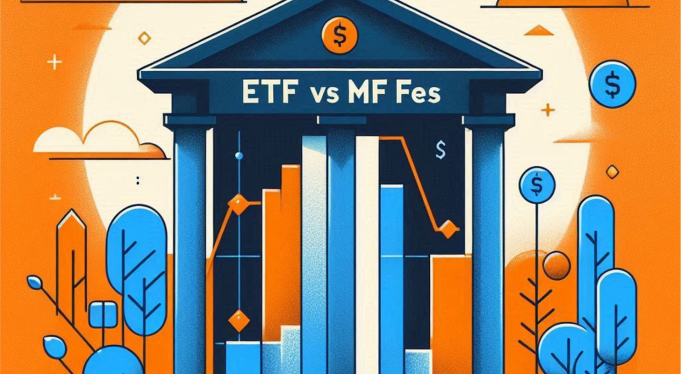Fees are often discussed as being a major drag on returns for investors over the long-term. Giving up 1%-2% does not seem like much, however, overtime this adds up and becomes significant. While we often discuss this topic, we feel that putting actual dollar values to it could be helpful for investors to actually understand the magnitude of the matter.
We will use a simple future value formula to display how fees impact returns on a few popular ETF and Mutual Funds. This is a hypothetical example, where we will assume $100,000 is invested over a 20-year timeframe with an equal annual return (r) of 8% before fees. The equal annual return makes it easier to show the true impact of fees, irrespective of the effectiveness in any of the Fund’s strategies.
First, we will simply display the what the gross return of the $100,000 investment returning 8% annually for 20 years would be:
Net of Fees:
Net of fees formula:
- The net of fees formula looks slightly more complicated, but it is really a small adaptation that we have made to remove annual fees from gross annual returns.
iShares Core S&P 500 Index ETF (CAD-Hedged) (XSP)
MER=0.08%
PIMCO Monthly Income Fund Series F (PMO205)
MER= 0.85%
RBC Select Balanced Portfolio Series A (RBF460)
MER=1.94%
Fidelity Global Innovators® Class A (FID5964)
MER= 2.48%
Unlock the Power of Informed Investing with 5i Research!
DIY investing doesn't have to mean going it alone. At 5i Research, we're your trusted partner in navigating the stock market. Our platform offers comprehensive stock and market research, empowering you to make smart investment decisions.
- Investor Q&A: Have burning questions? Get answers from our team of experts and fellow investors in our dedicated Q&A section.
- Research Reports: With over 60 meticulously researched Canadian stocks, our reports offer in-depth analysis, giving you the confidence to invest wisely.
- Model Portfolios, Alerts, Forums, Portfolio Tracking, and Much More...
The above example displays how significant the impact of fees can be, especially over a long-term time frame. The difference between 1% or 2% per year may not sound like a lot but we can see that the difference between PMO205 and FID5964 ends up being over $100,000. Even looking at XSP which charges almost a negligible fee of 0.08%, investors would have had to give up over $7,000.
Understanding the impact of fees is important for investors as is the reasoning. ETFs typically seek to track an index replicating its performance. Mutual funds on the other hand tend to be more actively managed with the goal of beating an index which therefore demands a higher fee. A simple way to determine if a higher fee is worth it is by looking at historical returns relative to an index or benchmark. Strategy is another factor at play here, where investors should compare funds that are similar in nature, but overall we wanted to display what the magnitude of higher fees can be. When possible, investors should seek to minimize the amounts they pay especially given the amount of low fee options in the market today.
Take Care,






Comments
Login to post a comment.
Pimco
first compare serie A and F...
Pimco five year return 2,7%. even before 2022, never more than 7.5% in a single year (bond fund)
global innovator five year return +23% per year..beat benchmark by 10%/year...